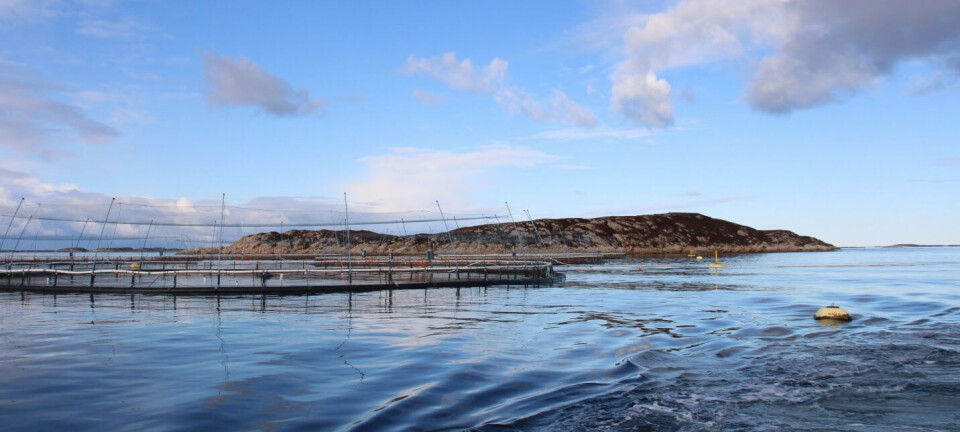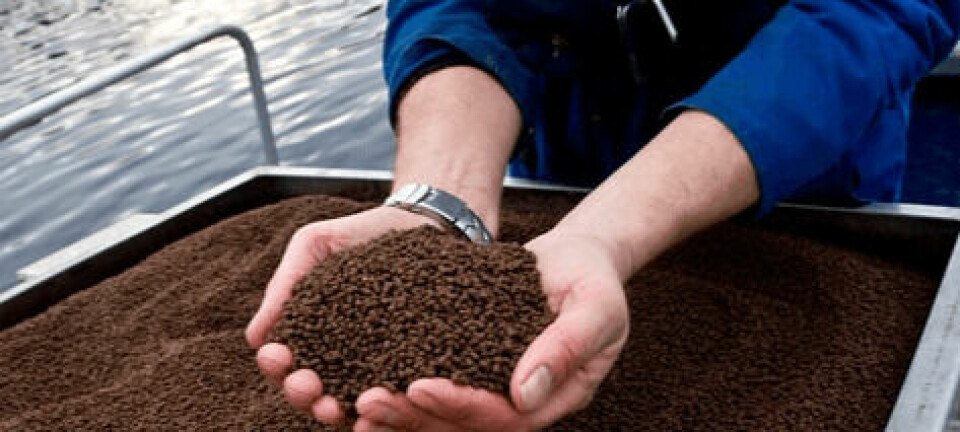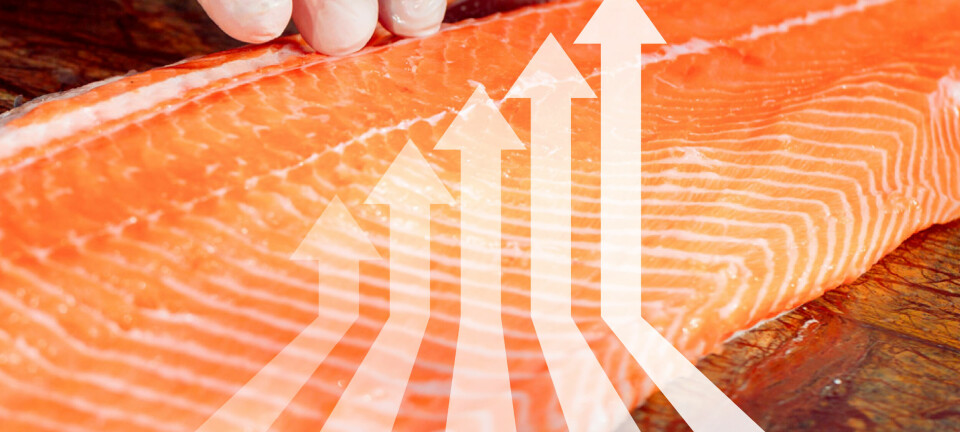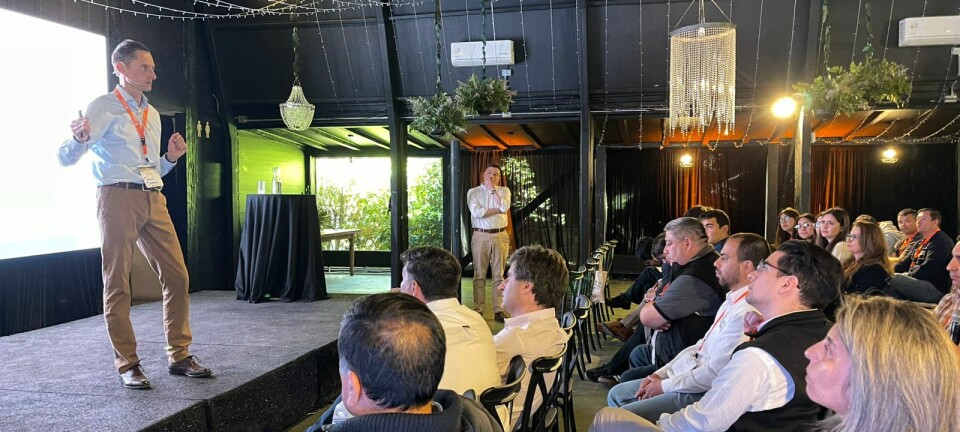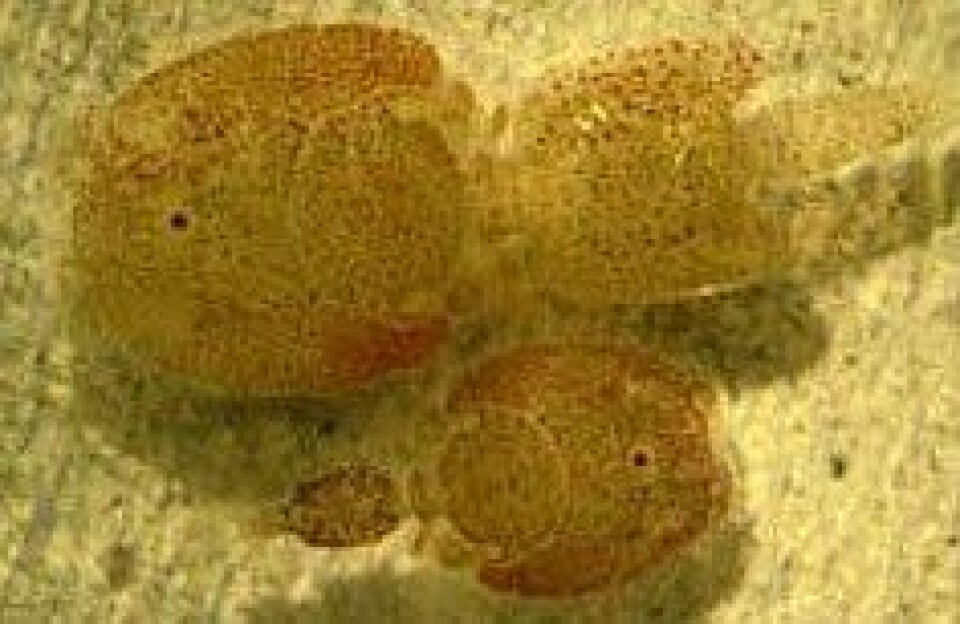
Salmon lice attack on Shetland cost Marine Farms £2million
The negative financial effect is estimated at GBP 2 mill in 2nd half 2009, divided more or less equally between 3Q and 4Q. New estimates for harvest volumes in 2nd half of 2009 are 2,500 tonnes gwt in 3Q and 3,000 tonnes gwt in 4Q.
Lakeland has been operating within the salmon farming industry in the UK since 1987, and specialises in vertically integrated production of high quality Atlantic salmon, all the way from broodfish, egg, fry, parr and smolt to fully grown salmon to the sale of gutted salmon and fresh fillets.
The company is not the only one to have suffered losses due to sea lice on Shetland in recent time. Grieg Seafoods, who own Shetland’s biggest salmon producer Hjaltland Seafarms, reported to the Norwegian stock exchange this year that they had lost 2,500 tonnes of salmon, around 600,000 fish, through sea lice in the last three months of 2008, predominantly in Shetland.
Moreover, Mainstream Scotland’s operation in Aith Voe, off Shetland’s west coast, was shut down earlier this year after the firm said they had emptied four fish farms due to the sea lice parasite.
It was also salmon lice that led government officials to detect ISA at a Scottish Sea Farms site in Hildasay on the island’s south west coast.
Fish farmers on the west coast of Shetland will work close together to better coordinate the control of salmon lice in the area going forward.




















